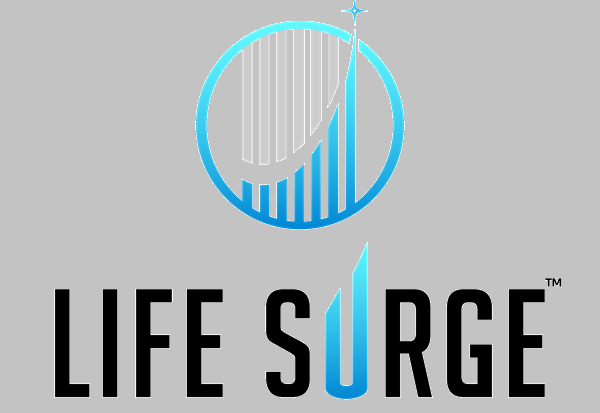Creating an educational website is an exciting venture that opens up endless possibilities for sharing knowledge and resources. Whether you’re launching a site for a school, an online course, or a tutoring service, the template you choose can make a significant difference in how effectively you connect with your audience. This guide by a web development company in Mohali explores the essential factors to consider when selecting the perfect template for your educational website, ensuring that it is engaging, functional, and reflective of your mission.
Understanding the Importance of a Good Template

Your website serves as the digital face of your educational institution or service. A well-designed template not only enhances visual appeal but also plays a crucial role in user experience. A good template can help establish credibility, foster engagement, and ultimately drive conversions—whether that means enrolling students, sharing resources, or building a community.
Key Factors to Consider When Choosing a Template
1. Responsiveness Across Devices
In our increasingly mobile world, it’s vital that your website looks and functions well on all devices. A responsive template automatically adjusts to different screen sizes, ensuring that users have a seamless experience whether they’re browsing on a smartphone, tablet, or desktop computer. This adaptability is crucial for retaining visitors and improving overall user satisfaction.
2. User-Friendly Navigation
A clear and intuitive navigation structure is essential for guiding visitors through your site. Users should be able to find information quickly and easily without feeling overwhelmed. Look for templates that offer straightforward menu layouts and logical categorization of content. This will help visitors locate course details, contact information, and other essential resources without frustration.
3. Customization Options
Your website should reflect your unique brand identity and values. Choose a template that offers ample customization options—such as adjustable color schemes, font choices, and layout configurations. This flexibility allows you to create a site that resonates with your audience while maintaining consistency with your branding.
4. Features That Match Your Needs
Different educational websites have different requirements based on their goals and target audiences. Consider what specific functionalities you need:
- For E-Learning Platforms: Look for templates that support Learning Management System (LMS) integration, allowing you to manage courses, track progress, and facilitate online assessments.
- For Schools: Features like event calendars, virtual tours of the campus, and sections dedicated to student life can enhance engagement.
- For Online Courses: Templates that include pricing tables, enrollment forms, and testimonials can help showcase your offerings effectively.
5. SEO Optimization
Search engine optimization (SEO) is vital for driving organic traffic to your site. Choose templates that are designed with SEO best practices in mind. This includes clean code structure, fast loading times, and built-in tools for optimizing meta tags and descriptions. A well-optimized site will rank higher in search results, making it easier for potential students to find you.
6. Performance and Speed
Website performance significantly impacts user experience. A slow-loading site can frustrate visitors and lead to high bounce rates. Look for templates that prioritize speed optimization—this includes lightweight designs and efficient coding practices. Fast-loading websites not only improve user satisfaction but also contribute positively to your SEO efforts.
Popular Template Features to Look For
When browsing through potential templates, keep an eye out for these features:
- Drag and Drop Builders: These allow you to customize your website easily without needing technical skills.
- Pre Built Sections: Templates that come with pre-designed sections for courses, testimonials, blogs, and contact forms can save you time during setup.
- Social Media Integration: Ensure the template supports easy integration with social media platforms to help promote your content and engage with your audience.
- Support and Documentation: A good template should include reliable customer support and comprehensive documentation to assist you during setup and customization.
Tips for Making the Final Decision
Define Your Goals
Before diving into the selection process, take some time to clarify what you want to achieve with your educational website. Are you looking to attract new students? Share valuable resources? Build an online community? Having clear objectives will guide your decision-making process.
Test Before You Commit
Many platforms offer demo versions or previews of their templates so take advantage of these features! Testing templates allows you to assess their responsiveness, usability, and overall aesthetic before making a commitment.
Think Long-Term
Consider scalability when choosing a template. Your website may evolve over time as your institution grows or as new educational trends emerge. Opt for a template that can accommodate future changes without requiring a complete overhaul.
Conclusion
Selecting the best template for your educational website is a crucial step in creating an effective online presence. By focusing on responsiveness, user-friendly navigation, customization options, and essential features—and by collaborating with a paid marketing agency for SEO optimization—you will be well on your way to building a site that not only looks great but also serves its purpose effectively.
Take the time to explore various options available in the market today. Your ideal template is out there waiting for you! With thoughtful consideration and planning, you will create an engaging digital gateway that inspires learning and fosters connection within your community. Happy building.
Anantha Nageswaran is the chief editor and writer at TheBusinessBlaze.com. He specialises in business, finance, insurance, loan investment topics. With a strong background in business-finance and a passion for demystifying complex concepts, Anantha brings a unique perspective to his writing.


